Choosing the right flooring for your business is a crucial decision that can significantly impact the overall aesthetic appeal, functionality, and cost-effectiveness of your establishment. Two popular choices often considered are conventional flooring and tiles. In this article, we will explore the advantages and disadvantages of each option to help you determine which is best suited for your business needs. 1. Durability and Maintenance: Flooring: Conventional flooring options such as hardwood, laminate, or vinyl are known for their durability and ease of maintenance. They can withstand heavy foot traffic and are resistant to stains, scratches, and other damages. Additionally, regular sweeping or vacuuming along with occasional mopping is usually sufficient to keep them looking pristine. Tiles: Tiles, particularly ceramic or porcelain, are highly durable and resistant to wear and tear.
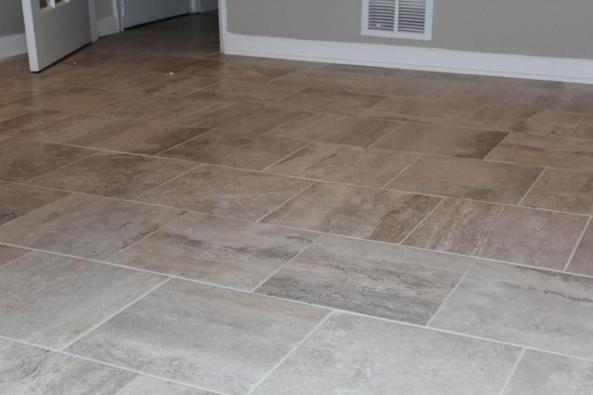
.
 They can effectively withstand high levels of foot traffic and are suitable for areas prone to spills or moisture. However, grout lines between tiles require periodic cleaning and maintenance to prevent discoloration and the growth of mold or mildew. Verdict: Both flooring and tiles offer excellent durability, but tiles may require more maintenance due to the presence of grout lines. 2. Aesthetic Appeal: Flooring: Conventional flooring options provide a wide array of designs, textures, and finishes to choose from. They can be easily customized to match the overall theme and decor of your business, creating a warm and inviting atmosphere. Tiles: With a vast range of colors, patterns, and designs available, tiles offer immense versatility when it comes to aesthetic appeal. They can add a touch of elegance or uniqueness to any commercial space, making it visually appealing and giving it a modern or traditional look, depending on the chosen style.
They can effectively withstand high levels of foot traffic and are suitable for areas prone to spills or moisture. However, grout lines between tiles require periodic cleaning and maintenance to prevent discoloration and the growth of mold or mildew. Verdict: Both flooring and tiles offer excellent durability, but tiles may require more maintenance due to the presence of grout lines. 2. Aesthetic Appeal: Flooring: Conventional flooring options provide a wide array of designs, textures, and finishes to choose from. They can be easily customized to match the overall theme and decor of your business, creating a warm and inviting atmosphere. Tiles: With a vast range of colors, patterns, and designs available, tiles offer immense versatility when it comes to aesthetic appeal. They can add a touch of elegance or uniqueness to any commercial space, making it visually appealing and giving it a modern or traditional look, depending on the chosen style.
..
 Verdict: Tiles provide more design options, allowing for greater creativity in achieving a unique and visually striking look. 3. Cost Considerations: Flooring: Conventional flooring options like laminate or vinyl tend to be more cost-effective compared to tiles. They offer a balance between quality and affordability, making them an ideal choice for businesses with tight budgets. These options also require less maintenance and have a longer lifespan, resulting in reduced maintenance costs over time. Tiles: Although initial tile installation can be more expensive than conventional flooring, tiles are known for their durability and longevity.
Verdict: Tiles provide more design options, allowing for greater creativity in achieving a unique and visually striking look. 3. Cost Considerations: Flooring: Conventional flooring options like laminate or vinyl tend to be more cost-effective compared to tiles. They offer a balance between quality and affordability, making them an ideal choice for businesses with tight budgets. These options also require less maintenance and have a longer lifespan, resulting in reduced maintenance costs over time. Tiles: Although initial tile installation can be more expensive than conventional flooring, tiles are known for their durability and longevity.
…
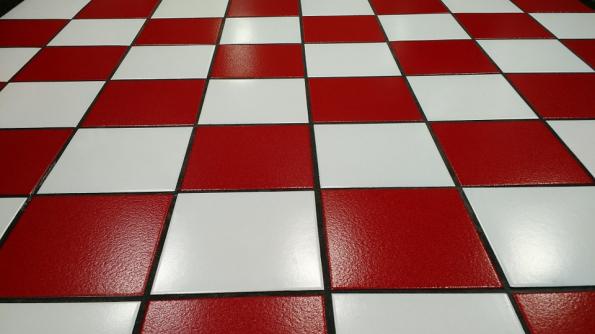 They can withstand heavy traffic, reducing the need for frequent replacements. Furthermore, tiles offer a good return on investment due to their aesthetic appeal and ability to increase property value. Verdict: While conventional flooring is more cost-effective initially, tiles offer long-term cost savings due to their durability and longevity. Conclusion: Deciding between flooring and tiles ultimately depends on your business’s specific requirements, budget, and aesthetic preferences. Both options have their advantages, and careful consideration should be given to factors such as durability, maintenance, aesthetic appeal, and overall cost-effectiveness. By evaluating these aspects, you can make an informed decision and choose the option that best aligns with your business needs, creating a welcoming and visually appealing environment for your customers and employees.
They can withstand heavy traffic, reducing the need for frequent replacements. Furthermore, tiles offer a good return on investment due to their aesthetic appeal and ability to increase property value. Verdict: While conventional flooring is more cost-effective initially, tiles offer long-term cost savings due to their durability and longevity. Conclusion: Deciding between flooring and tiles ultimately depends on your business’s specific requirements, budget, and aesthetic preferences. Both options have their advantages, and careful consideration should be given to factors such as durability, maintenance, aesthetic appeal, and overall cost-effectiveness. By evaluating these aspects, you can make an informed decision and choose the option that best aligns with your business needs, creating a welcoming and visually appealing environment for your customers and employees.

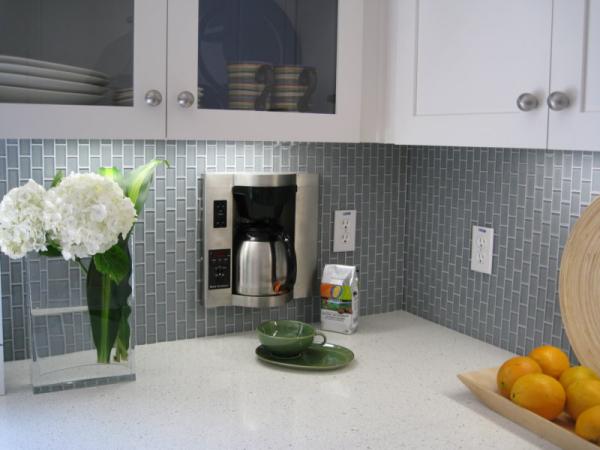
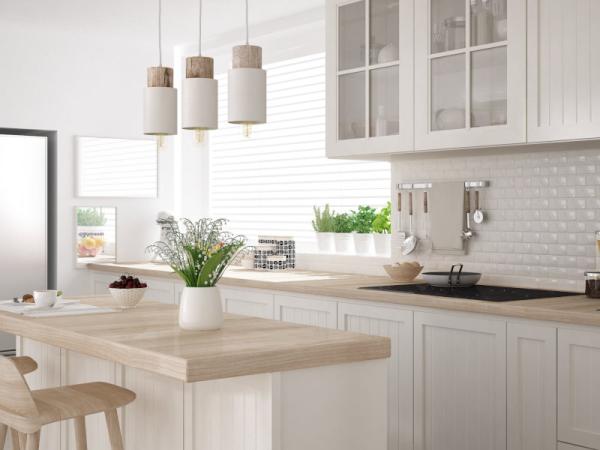



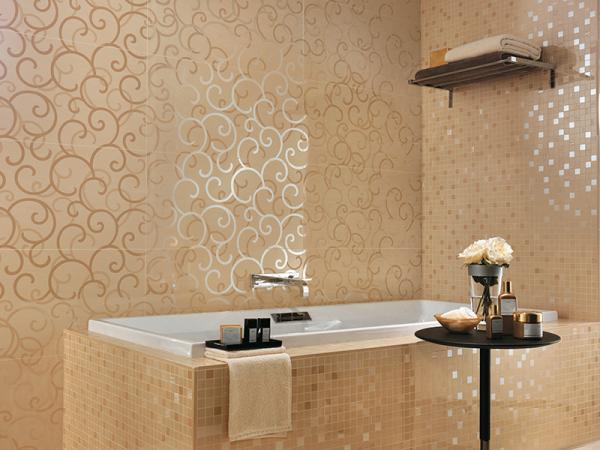
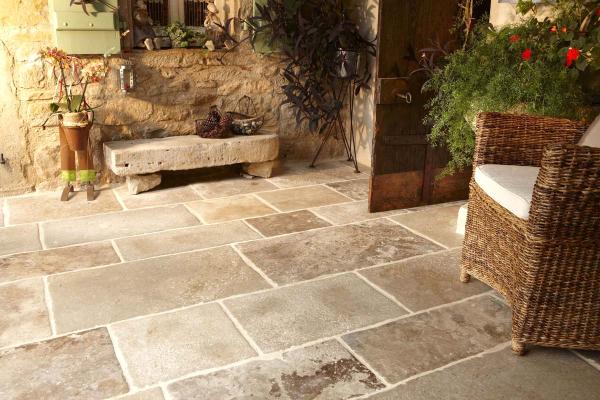
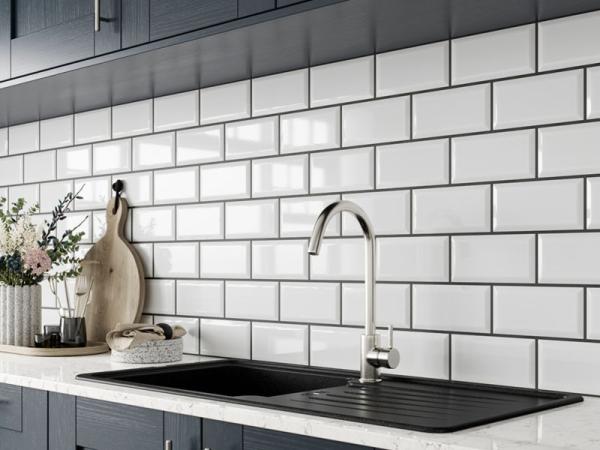

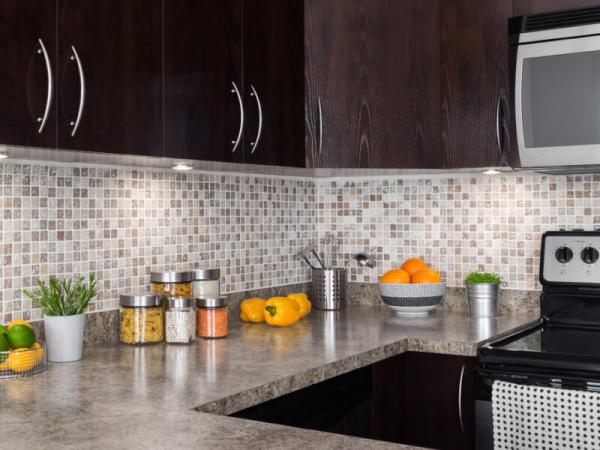
Your comment submitted.